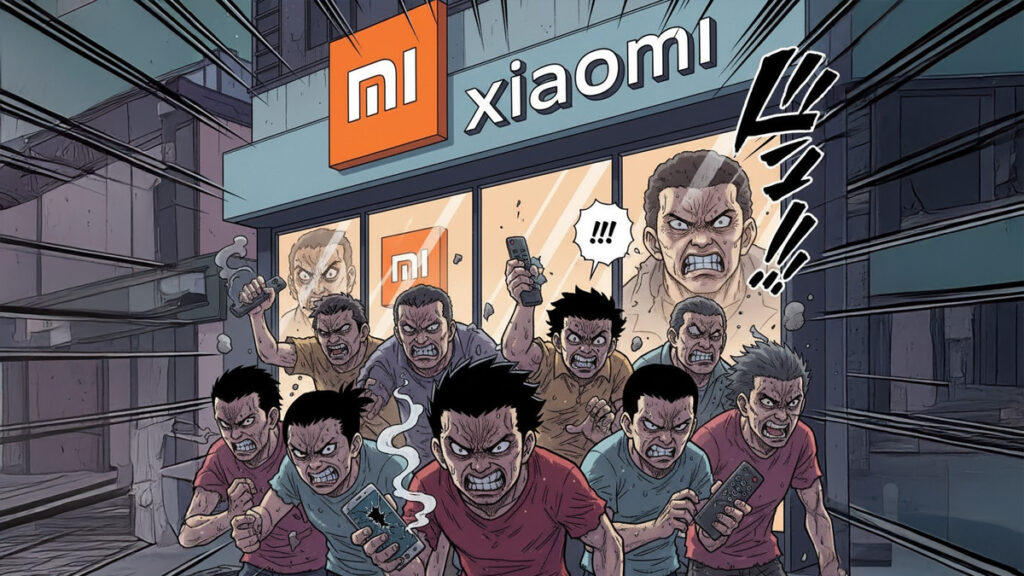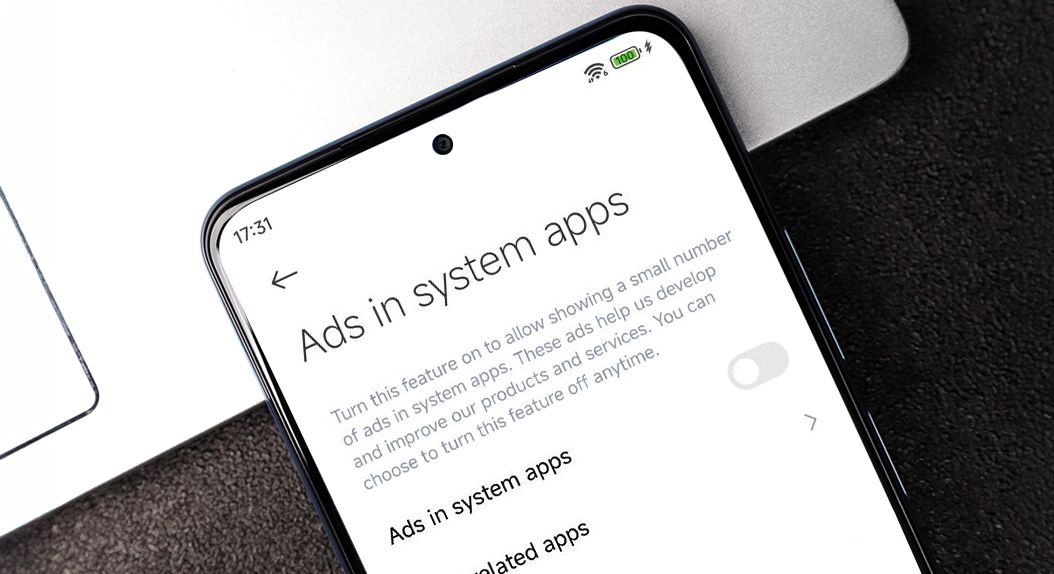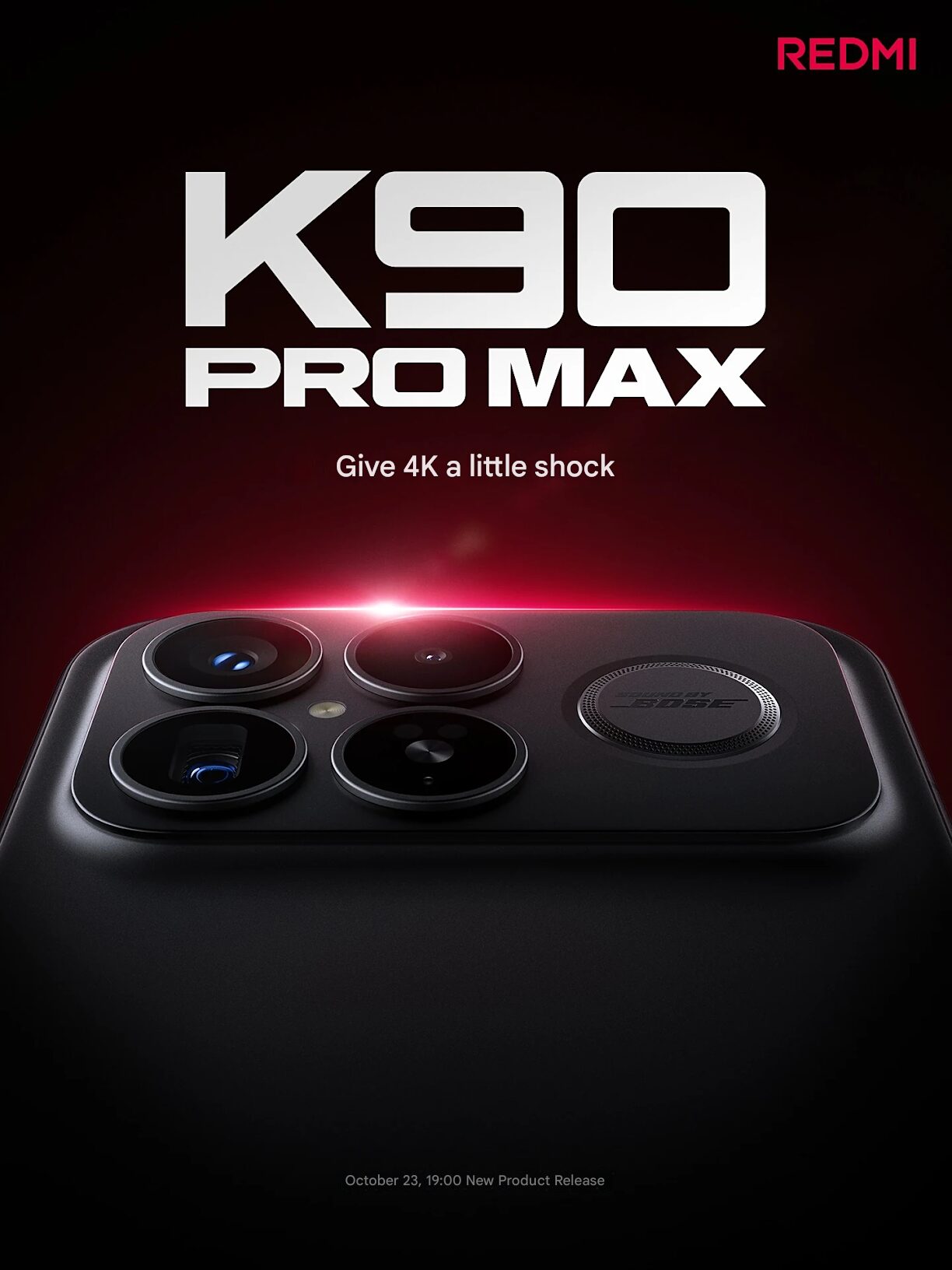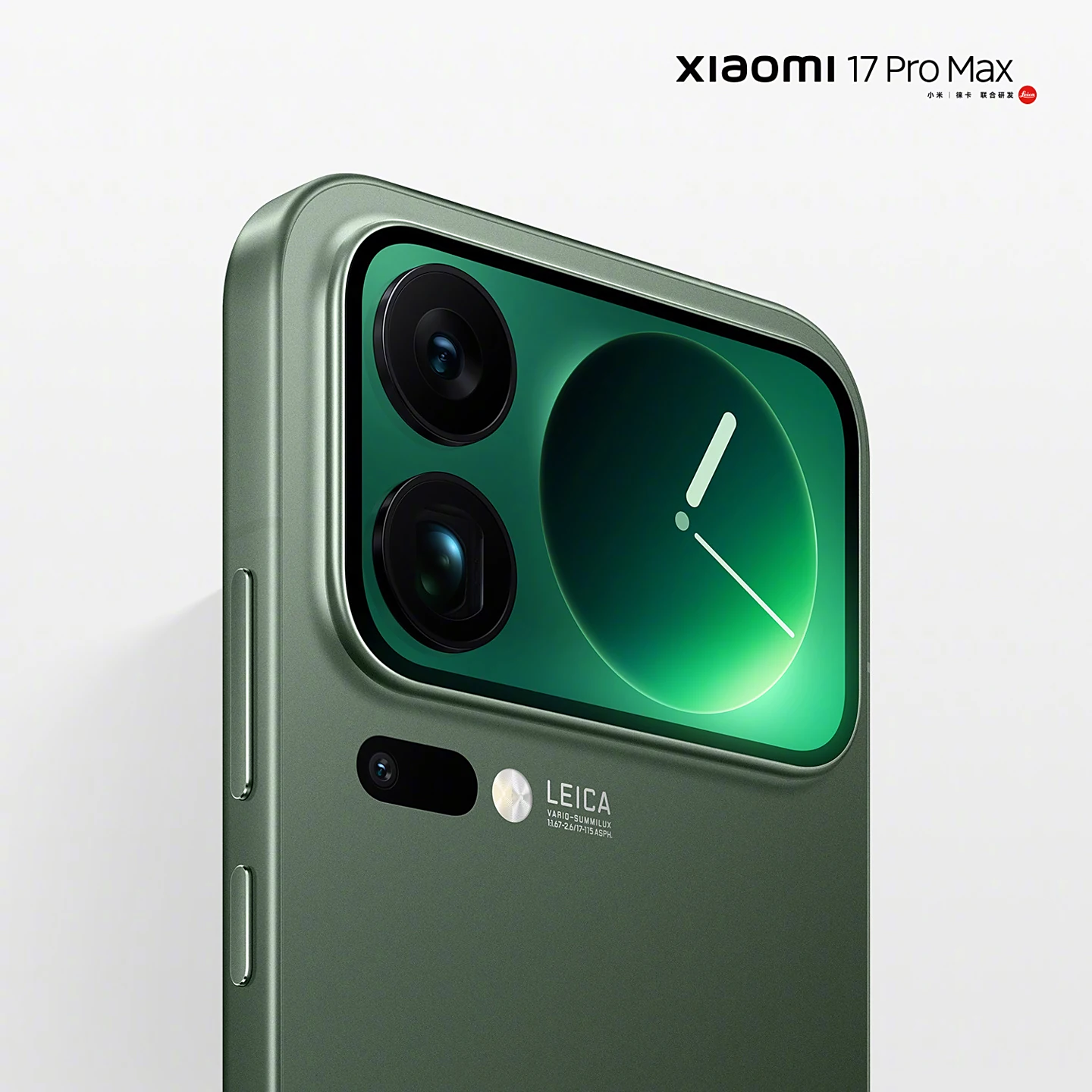Xiaomi’s rise to global dominance was based on innovation, affordability, and clever marketing. However, a number of its strategies, though commercially effective, often leave users with a feeling of being manipulated, not impressed. From embedded ads in the OS to aggressive pre-installation tactics, to confusing naming schemes, these tactics have become part of the Xiaomi identity. Here are five of the marketing practices criticized worldwide by users who still remain loyal to this brand.
Ads Embedded in HyperOs
One of the most contentious ways Xiaomi generates revenue is by embedding advertisements in its operating systems, including the new HyperOS and older MIUI. While this provides a significant revenue stream that helps Xiaomi keep hardware prices low, users often find the ads intrusive.
These can appear in the system apps, such as File Manager and Settings. The only solution for you written by us. Such practices are quite more mainstream on Redmi and POCO phones rather than high-end smartphones from Xiaomi, specifically the Xiaomi 15T Pro. This implies a strategy toward budget-conscious consumers.
Bloatware and Unwanted App Installations
Rather closely aligned with Xiaomi’s advertising strategy is the tendency to preload devices with bloatware (applications a user does not need that take up storage space, waste battery life, and even compromise privacy). Even when users try to avoid installing sponsored applications during the setup of their devices, some find these apps automatically installed later, sometimes via OTA updates. But we described how to get rid of these apps.
Confusing Naming of Products and Rebranding
Naming at Xiaomi is famously confusing. Between devices like Redmi Note 15, Redmi Note 15 Pro+, Redmi 15C, Xiaomi 15T, and Xiaomi 15T Pro, even some store employees for the company have struggled to know what sets each model apart.
Adding another layer of complexity is regional rebranding. For example, the Redmi K series in China mostly launches as POCO globally, while the Redmi K Ultra line folds into the Xiaomi T series. In this case, the international version of the Redmi K20 was launched as the Mi 9T, a move that still confuses global consumers.
Flash Sales and Artificial Scarcity
This “flash sale” or “hunger marketing” model helped Xiaomi initially gain rapid traction in emerging markets by appealing to notions of exclusivity and urgency. And the idea was not complicated: limited stock creates excitement and boosts perceived value.
This, however, backfired in several western markets. During a UK promotion, Xiaomi advertised £1 flash sales for smartphones, only for customers to discover later that just ten units were available. Many users accused the company of “fake scarcity,” forcing Xiaomi to issue a public apology. While effective at early growth stages, this strategy is now widely regarded as outdated and misleading.
Premium Partnerships and Leica Skepticism
To strengthen its brand image, Xiaomi has increasingly collaborated with Leica on high-end camera systems featured in models such as the Xiaomi 15 Ultra. These partnerships promote advanced imaging tools such as Leica Vario-Summilux lenses, Street Photography Mode, and Master Portrait Mode.
But for some onlookers, the question lingers as to whether the Leica collaboration brings real optical benefits or is it just a luxury marketing badge. And the irony reaches its climax as Leica’s official LUX photography app remains exclusive to iPhone, which makes this alliance with Android very questionable. Still, the Leica partnership undeniably helps Xiaomi compete with premium rivals like Apple and Samsung.
From ad-supported software to strategic scarcity, Xiaomi’s marketing techniques show a brand that balances affordability with profitability. These practices often frustrate users, but they also keep Xiaomi’s prices competitive. The challenge for the brand will be maintaining its user-friendly reputation as it innovates more responsibly across global markets.


 Emir Bardakçı
Emir Bardakçı







Also add the ban on custom icons from google playstore to force their own xiaomi getapps store, where you have to buy good looking themes.